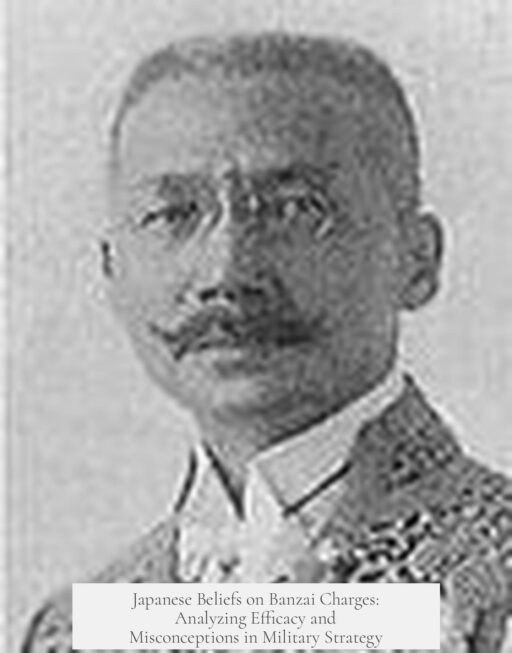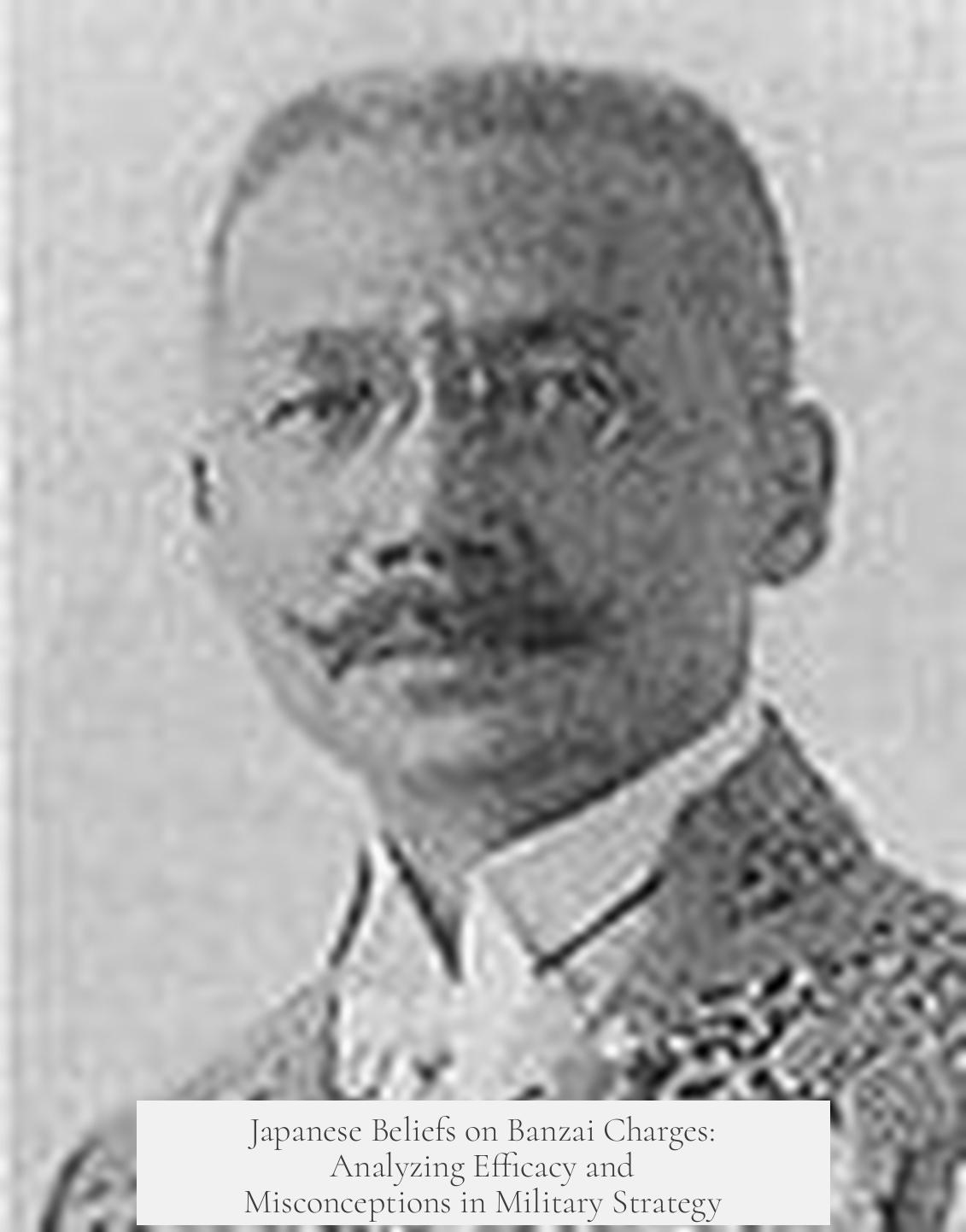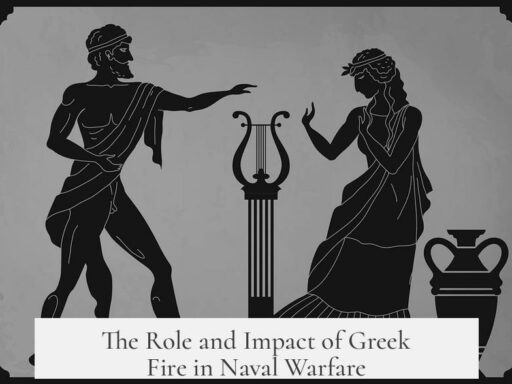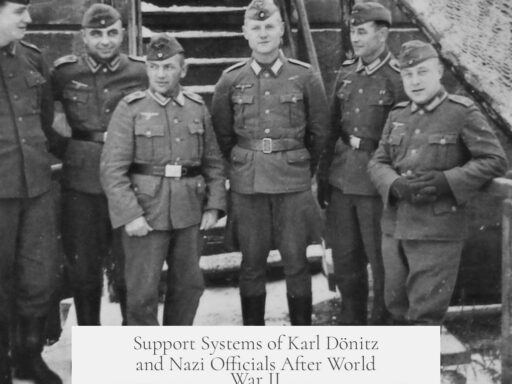The Japanese did not truly believe that Banzai charges were an effective military strategy. Instead, these charges were mostly desperate, suicidal actions performed by isolated or doomed units. In contrast, the Japanese military valued bayonet charges as tactical maneuvers grounded in historical doctrine and soldier spirit, though even these were challenged by modern Allied firepower.
The Japanese military made a clear distinction between bayonet charges and banzai charges. Bayonet charges were deliberate tactical decisions used to overwhelm the enemy with numbers and resolve. These charges had historical roots and were informed by lessons from prior conflicts, particularly against Chinese and Russian forces. Banzai charges, however, were essentially suicidal and lacked genuine strategic value.
Bayonet charges had firm backing in Japanese military doctrine. Japanese forces enjoyed success against Chinese troops, who often were poorly supplied and scattered. Chinese defensive lines frequently collapsed under spirited charges, allowing smaller Japanese units to defeat numerically superior but disorganized opponents. This gave bayonet charges psychological and propaganda value. Commanders received praise for aggressive maneuvers, and stories of Japanese soldiers pushing forward despite enemy fire boosted morale at home and within the ranks.
Japanese command stressed the importance of soldier spirit in battle. Many officers believed fanatical devotion and nationalism could turn the tide. Despite this, they did not naively expect raw spirit to overcome bullets or artillery. The doctrine acknowledged that casualty rates would be high for aggressive tactics but accepted these losses if victory followed. Hence, bayonet charges were a valid strategy over decades, though they underestimated the vastly improved firepower and defensive measures of Allied troops.
Banzai charges, distinct from bayonet charges, arose mainly under desperate circumstances. Units cut off from commands, low on ammunition and rations, and facing inevitable defeat resorted to these human-wave, suicidal attacks. The traditional Bushido code forbade surrender, while disobeying orders was considered treason. Lacking alternatives, officers led such charges hoping to fulfill honorable death rather than tactical success.
This explains why banzai charges were performed mostly by battered, isolated units rather than well-equipped formations. For example, during Guadalcanal, a banzai charge led by a Japanese colonel was annihilated by entrenched American Marines. Despite catastrophic losses, Japanese high command often received exaggerated reports claiming such charges devastated enemy forces. This misinformation fueled propaganda glorifying honorable suicide but did not reflect battlefield reality. The repeated use of banzai charges despite frequent failure contributed to Japanese defeat.
The effectiveness of banzai charges varied by enemy. Early in the war, against Chinese troops armed mainly with bolt-action rifles, rapid mass charges could overwhelm slower-firing defenders. Against British or American troops equipped with semi-automatic or automatic weapons, such attacks were disastrously ineffective. The Japanese military’s inability to adapt quickly and abandon outdated tactics compounded their losses.
External observers, such as U.S. forces on Guadalcanal, recognized the terror of Japanese bayonet assaults but used these as signals to prepare and deliver devastating fire. The Japanese adherence to traditional codes and past victories against poorly supplied opponents partially explains their persistence in these costly tactics.
Historical parallels exist in the military experiences of other nations. British and French forces in World War I famously persisted with frontal assaults across entrenched battlefields despite enormous casualties. Similar to the Japanese, their early confidence stemmed from prior victories and incomplete adaptation to modern warfare. Military tactics often evolve slowly, primarily through experience and defeat rather than anticipation alone.
| Aspect | Bayonet Charge | Banzai Charge |
|---|---|---|
| Nature | Tactical maneuver to overwhelm enemy | Suicidal final attack by desperate units |
| Doctrine | Supported and legitimate in IJA strategy | Generally recognized as futile, no strategic value |
| Context of Use | Well-supplied units, deliberate attack | Isolated units low on supplies, no retreat option |
| Effectiveness | Effective against poorly equipped/organized enemies | Effective only early against minimal firepower; disastrous vs. modern weapons |
| Casualties | High but calculated and accepted | Extreme and often suicidal |
- Japanese valued bayonet charges as a legitimate tactic based on prior war experience and soldier resolve.
- Banzai charges were mostly last-resort, suicidal actions lacking true combat effectiveness.
- High command sometimes misunderstood or overstated banzai charge impact, encouraging repeated futile attacks.
- Improved Allied firepower rendered both tactics increasingly ineffective as the war progressed.
- Persistence in outdated attacks reflects slow military adaptation, seen in other nations historically.
Did the Japanese really believe that Banzai charges were an effective strategy?

The simple answer is: No, the Japanese military generally did not believe that banzai charges were an effective tactic in the traditional sense of winning battles. Instead, they saw banzai charges as desperate, often suicidal acts borne from specific extreme conditions rather than sound military strategy. However, this topic is layered and worth unpacking carefully to avoid confusion between banzai charges and regular bayonet charges, two very different concepts often conflated in popular imagination.
Let’s dive in and clarify what these charges really represented to the Imperial Japanese Army (IJA), the historical context behind them, and how misconceptions fueled both battlefield outcomes and propaganda.
Bayonet Charges vs. Banzai Charges: What’s the Difference?
First, it’s essential to understand that not every bayonet charge was a banzai charge. The Japanese military themselves maintained a clear distinction between the two. Bayonet charges were tactical maneuvers designed to overwhelm enemy lines through coordinated aggression, unit cohesion, spirit, and numbers. They were systematic, deliberate, and had military legitimacy.
Conversely, banzai charges were usually desperation moves with little to no strategic backing. These were last-ditch efforts by isolated, cornered units, often cut off from command control, running out of supplies, and facing certain death. So, while both ended in close-quarters combat, their intent, context, and meaning were fundamentally different.
Why Did the Japanese Believe Bayonet Charges Were Effective?
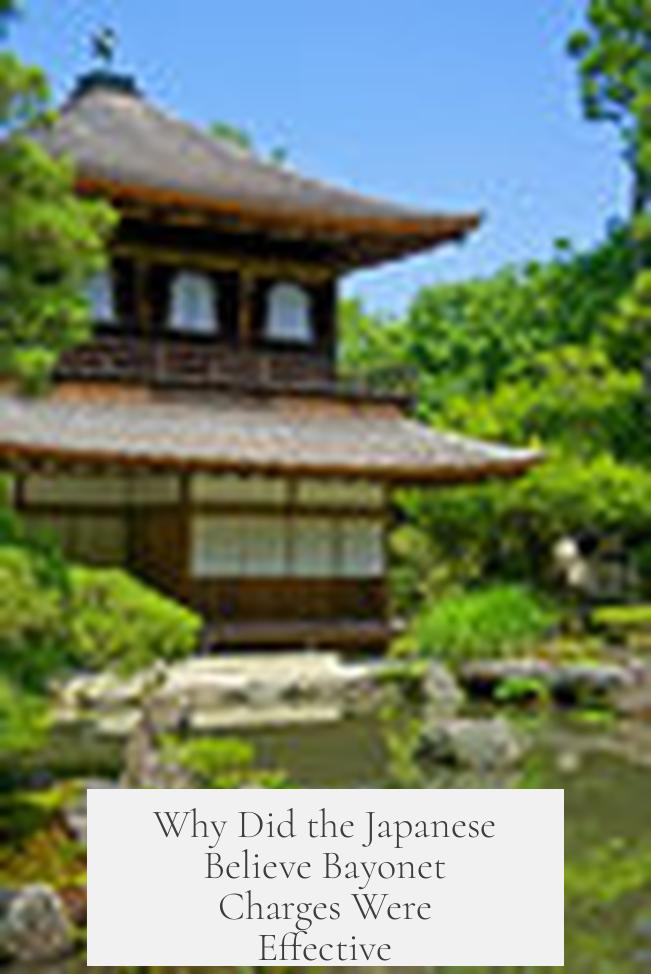
- Lessons from Earlier Wars: The IJA had solid reasons to hold bayonet charges in esteem, based on history. During conflicts with Chinese and Russian forces in the late 19th and early 20th centuries, bayonet charges proved highly effective. The Chinese forces especially were often poorly organized, poorly supplied, and easily overwhelmed by spirited assaults.
- Psychological and Propaganda Value: Bayonet charges showcased the aggressive spirit and ultimate dedication to the Emperor. Officers who led successful charges gained prestige, while propaganda back home amplified stories of Japanese soldiers bravely driving off enemies with sheer willpower and determination. This made bayonet charges attractive beyond just the battlefield.
- Faith in Soldiers’ Spirit – But Pragmatic about Losses: Many commanders believed the spirit and fanatical resolve of their troops could turn the tide. Yet, they were not naive to think morale alone would overpower bullets and artillery. High casualties were expected and accepted if they delivered strategic advantages.
In short, bayonet charges belonged to a doctrine that worked in prior conflicts and had cultural and military significance, reinforced by a powerful ethos of honor and sacrifice.
What About the Banzai Charge? The Reality
The banzai charge was essentially a suicidal charge, marking a unit’s all-or-nothing final stand rather than a calculated military tactic. Many officers regarded these charges as tragic but inevitable acts when their units became isolated, ran out of supplies, or lost contact with command. Surrender was not an option as it was considered dishonorable and treasonous.
| Key Attribute | Banzai Charge | Bayonet Charge |
|---|---|---|
| Purpose | Desperate last stand, honor in death | Overwhelm enemy, gain ground tactically |
| Context | Units isolated, no resupply, breakdown in command | Planned offensive maneuver |
| Expected Outcome | High casualties, often annihilation | Possible victory with heavy losses |
| Command Attitude | Seen as last resort; not expected to succeed | Strategic, supported by doctrine |
Units performing banzai charges were typically those weakened by prior combat, starving, or burdened with wounded soldiers. The charge represented a final act of devotion to the Emperor and country. It wasn’t about winning, but about not surrendering or fleeing—a deeply ingrained cultural imperative linked to the Bushido code.
Misconceptions Propagated by High Command and Media
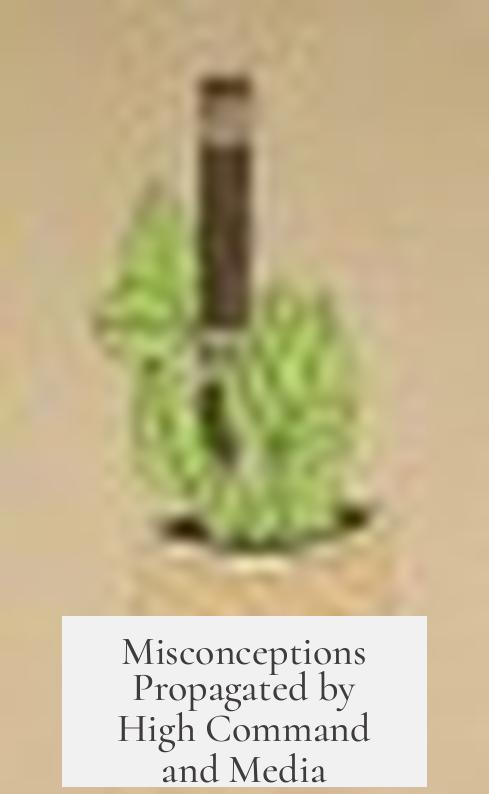
High command sometimes misunderstood or outright misrepresented the effectiveness of the banzai charge. For example, during the Guadalcanal campaign, a massive charge led to utter destruction of Japanese troops. The commanding officer even committed ritual suicide during the attack. Yet, reports sent to the Japanese high command glorified the charge as a success and exaggerated its tactical value.
This propaganda spin had a double-edged effect: it boosted morale temporarily but encouraged repeating suicidal tactics against well-equipped Allied forces, accelerating Japanese defeat. This disconnect from reality reminds us how misinformation and wishful thinking can doom military strategies.
How Did Banzai Charges Fare Against Different Opponents?
- Early Success vs. Chinese Troops:** Early on, banzai style charges worked reasonably well against Chinese forces equipped mostly with slower bolt-action rifles. The limited fire rate gave Japanese soldiers a chance to break lines by sheer volume and aggression.
- Failure Against British and Americans:** Against better-equipped, automatic weapons-bearing Allied troops, these charges were catastrophic. Machine guns and automatic rifles cut down charging soldiers in droves. Defensive perimeters, barbed wire, and artillery negated any advantage gained by spirit alone.
Why Did the Japanese Keep Repeating Failed Tactics?

The persistence of banzai and bayonet charges in late Pacific battles reflects a broader military stubbornness common in many armies facing new technological realities. Similar to the British and French in World War I charging machine guns and trenches without adapting fast enough, the Japanese high command clung to doctrine that had little basis in the evolving nature of warfare.
“Theirs was a story of discipline, courage, and culture meeting modern firepower; one side adapted faster, and the cost was horrendous.” – U.S. Intelligence Bulletin, May 1943
The Japanese military mindset was shaped by prior victories against poorly organized enemies, a warrior code that prized honor above all, and a philosophical outlook that martyrdom was a noble contribution to the empire’s cause.
U.S. Troops’ Perspective on Banzai Charges
American Marines fighting on Guadalcanal found banzai charges terrifying but remarkably predictable. Reports indicate that Japanese troops would signal their impending charge by singing a battle song, which only gave the Marines time to prepare by reloading and adjusting defensive positions.
From a purely tactical point of view, the banzai charge was more of a fearful spectacle than an effective military maneuver against prepared, automatic weapons-armed opponents.
Key Takeaways: Japanese Military Thought and the Reality of Banzai Charges

- Bayonet charges were respected and doctrinally sound based on historic precedent. The Japanese believed soldier spirit could decisively influence battle but balanced that belief with an understanding of likely casualties.
- Banzai charges were not considered effective combat strategies. They were acts of desperation, undertaken when surrender was impossible, resupply cut off, and defeat inevitable.
- High command’s overestimation of these charges’ effectiveness led to needless losses and prolonged conflict.
- Much like other armies in history, Japanese military thinking struggled to adapt quickly to the realities of modern automatic weapons and entrenched defenses.
- The cultural context of Bushido and the Emperor shaped an ethos where honorable death was preferable to surrender, distorting tactical thinking.
So, What Can We Learn About Military Planning and Human Psychology?
This exploration into banzai charges offers broader lessons. In warfare and beyond, dogma and culture can strongly influence decisions, sometimes divorced from practical reality. Tradition and honor may motivate courage but don’t guarantee strategic success.
Questions to ponder: How do militaries balance culture and innovation? Does excessive emphasis on morale blind commanders to tactical realities? And in today’s fast-changing conflicts, how do we ensure lessons of history help avoid repeating fatal errors?
Ultimately, the Japanese experience with banzai charges reminds us that courage alone can’t replace adaptation, planning, and understanding evolving challenges. Even the staunchest spirit needs sound strategy behind it.
Did Japanese soldiers confuse bayonet charges with banzai charges?
No. The Japanese military distinguished bayonet charges from banzai charges. Bayonet charges were tactical attacks, while banzai charges were often desperate, suicidal acts.
Did Japanese commanders believe bayonet charges were effective against Allied forces?
Yes. They saw bayonet charges as viable based on past successes against Chinese and Russian troops, believing spirit and numbers could overwhelm the enemy.
Were banzai charges intended to win battles?
No. Banzai charges were usually last-resort, suicidal attacks with no real strategic goal. They reflected desperation and loyalty, not battlefield strategy.
Did Japanese officers accept heavy casualties from bayonet charges?
Yes. Officers understood high casualties but accepted them, assuming the bayonet charge could lead to victory through spirit and resolve.
Why did some units perform banzai charges?
Usually, these were isolated, low-supplied, or severely weakened units. They resorted to banzai charges to avoid surrender, following strict orders to fight to the death.
